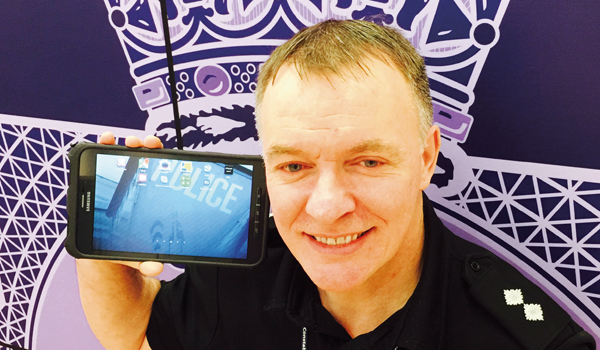Tomorrows World: BAPCO 2007
The 2007 BAPCO public safety communications and IT event will showcase the very best in technology aimed at delivering world-class communication systems and civil contingency plans.

The 2007 BAPCO public safety communications and IT event will showcase the very best in technology aimed at delivering world-class communication systems and civil contingency plans.
Tomorrow`s World: Managing Expectations is the theme for this year`s BAPCO Annual Conference in April, organised by Brintex on behalf of the British Association of Public Safety Communications Officers, at the Business Design Centre, Islington, London. The 2007 programme aims to address how organisations with responsibilities for public safety and civil contingencies are facing a growing number of challenges, from the increasing threat of natural disasters and man-made scenarios to organisational changes that will impact on how services are delivered in future.
The event is internationally recognised and consistently attracts delegates and visitors from across the public safety sector in the UK and abroad. Last years event attracted over 1,000 public safety communications officers and information technology specialists from 24 countries including representatives from the ambulance, police and fire services, civil contingencies and emergency planning groups, local authorities, central and local government, health authorities, transport services, the MOD, British Red Cross, customs, immigration and border control.
Ken Mott, Executive Director, BAPCO, spoke to Police Professional about the topics and issues the conference will address.
Assessing the current state of interoperability across the public safety services, he said it is important that the meaning of interoperability is clearly defined and agreed between all category one and two civil contingency responders.
In this digital age the integration of technologies, including many legacy systems, is relatively easy to achieve but there must be a will, both from a political and an operational stand point, to ensure that business processes and data standards are compatible, said Mr Mott. Currently, true interoperability is low between responder services, although very good within services.
Mr Mott believes the opportunity to enhance inter-service communications in the traditional blue light services will improve significantly as Airwave is introduced to the ambulance and fire and rescue services.
However, he added that interoperability with other CCA responders is virtually non-existent. This gap in communications needs urgent attention but is hindered by the differing funding and priorities facing the non-blue light responders.
Voice communications is central to the public safety services effectiveness, and Mr Mott underlined that there will be a continued need for it in emergencies, but the requirement for data communications to provide accurate and up-to-date information on demand will continue to grow.
He said: The ability to share this information across all civil contingency responders to assist in informed decision-making processes is also essential. Voice and data will be greatly affected in all areas and across all users by the convergence of systems based on IP and IMS protocols. This will provide defined interfacing that can be coupled with the emerging software search engines to give what each responder wants, when they want it, on their own communications device.
Command and control applications have changed relatively little over the past years, said Mr Mott, although easier to use versions of facilities and mobile data have increased.
The introduction of digital radio networks such as the Airwave system has enabled the services to review how they use those systems to provide supervision and control or resources with greater flexibility. There are many good examples, particularly in the public utilities and breakdown services, that demonstrate how effective use of data communications for remote input and retrieval of information can greatly enhance productivity, accuracy and effectiveness, and these experiences should be shared between


